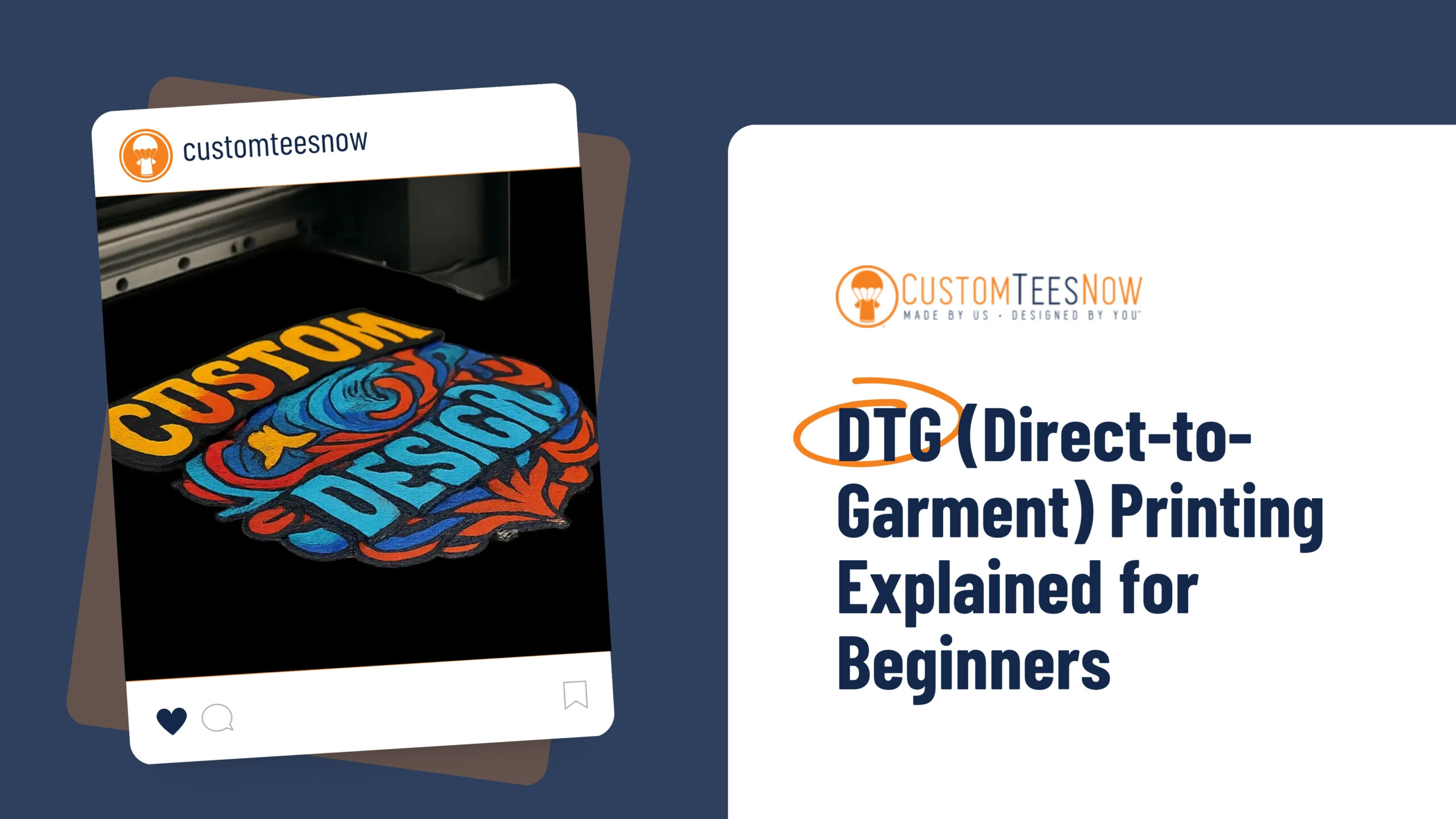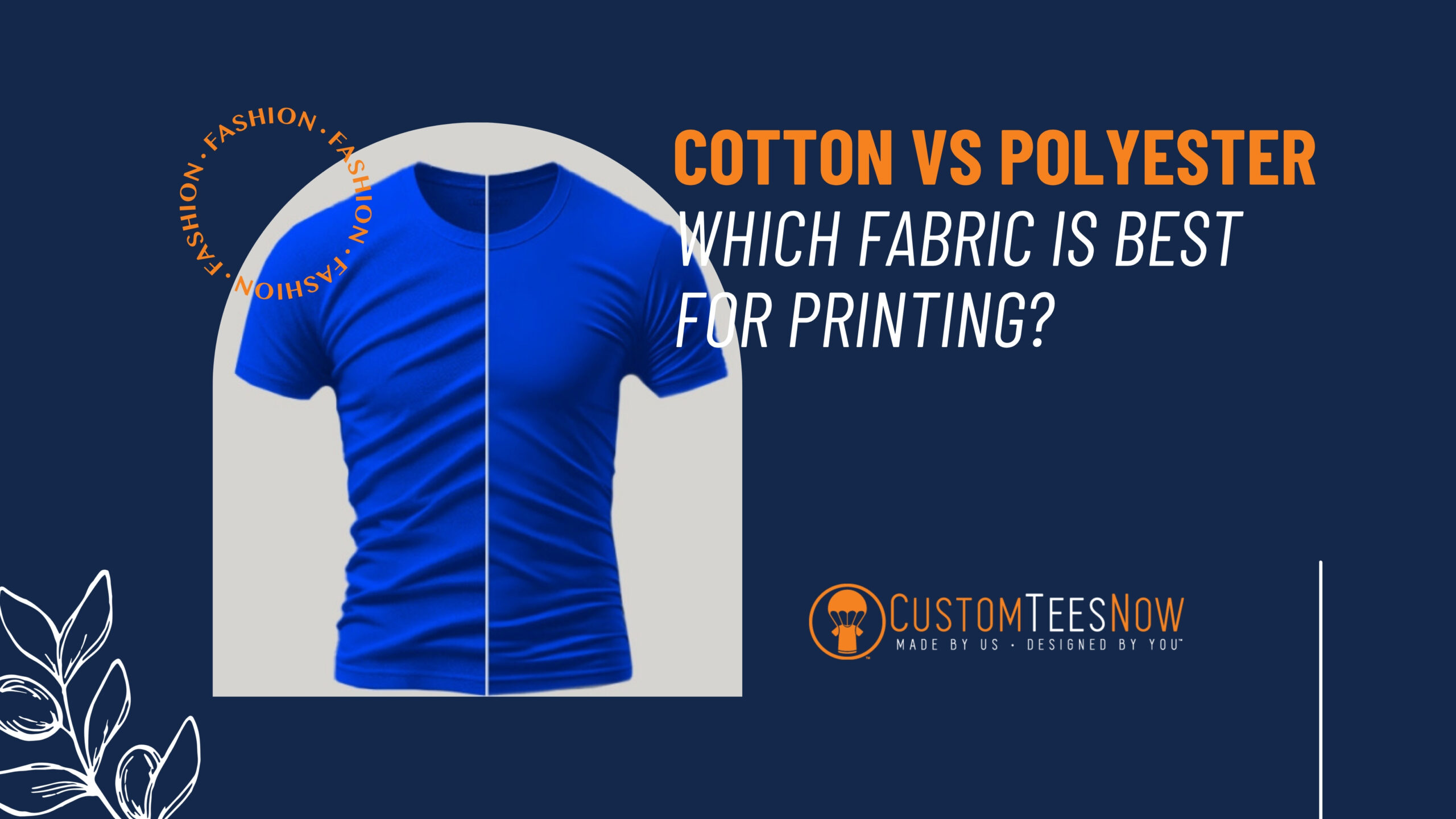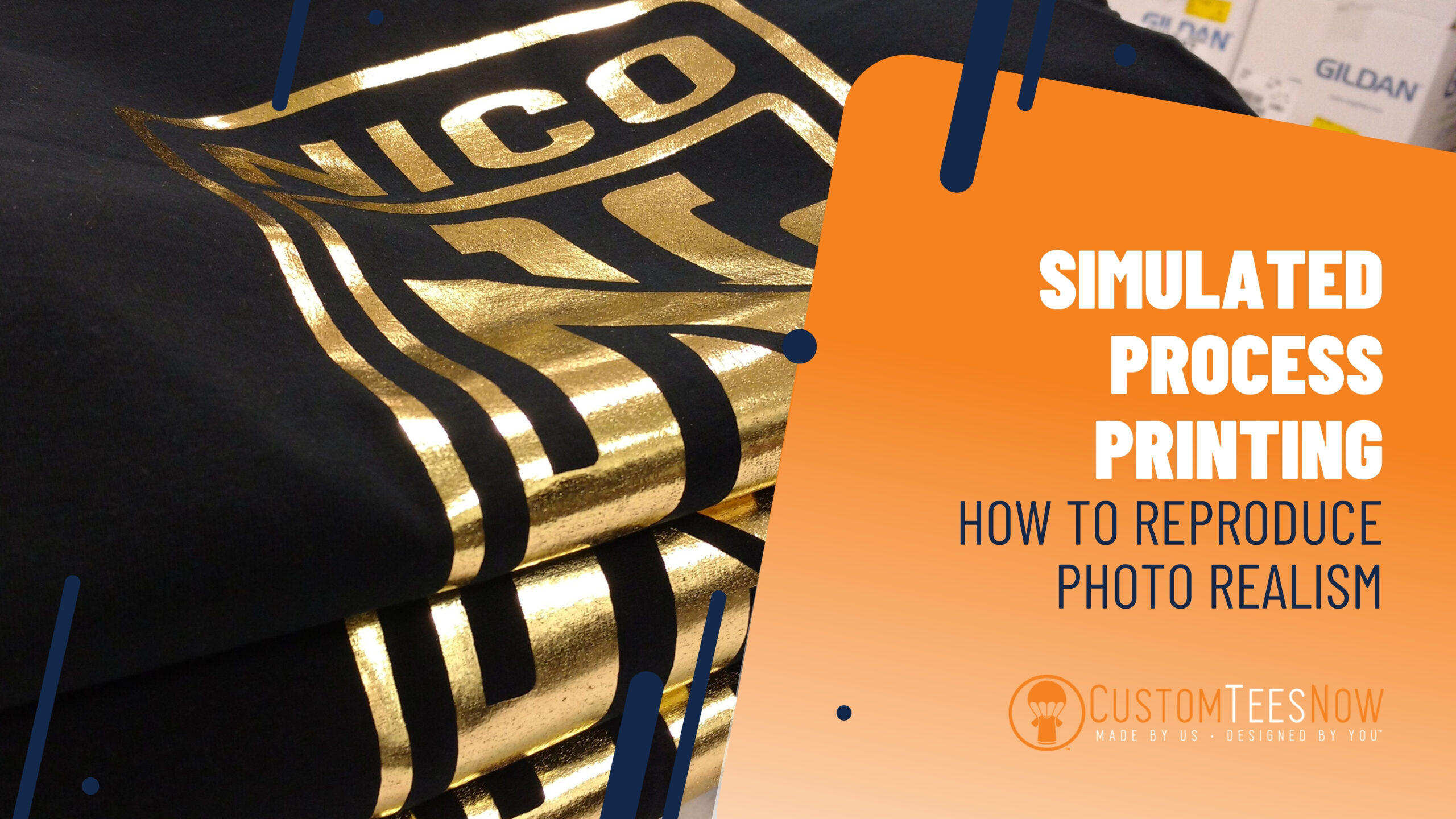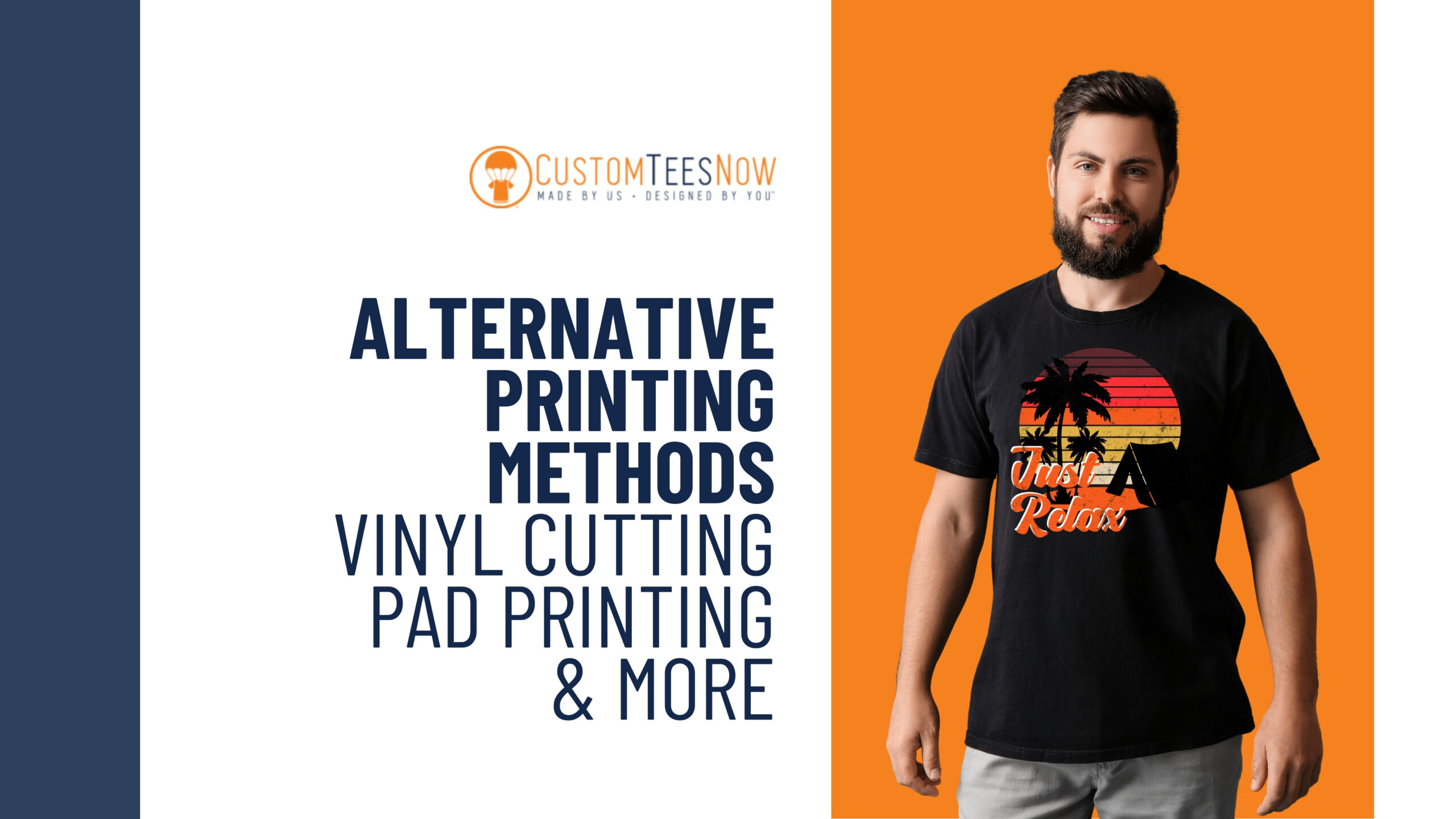
- October 6, 2025
DTG (Direct-to-Garment) Printing Explained for Beginners
Direct-to-garment (DTG) printing has transformed custom apparel, making it easier than ever to turn your ideas into vibrant, wearable art. Whether you’re a small business owner launching a branded clothing line, a hobbyist designing unique gifts, or someone curious about personalized t-shirts, DTG offers a beginner-friendly way to create professional-grade products. Unlike traditional methods that demand bulk orders or complex setups, DTG delivers stunning, full-color designs with minimal fuss—no screens, no stencils, just your creativity brought to life on fabric.
This comprehensive guide dives into the world of DTG printing, explaining the technology, its benefits, and practical steps to get started. By the end, you’ll understand why DTG is a go-to for modern creators and how to leverage it for your next project, whether it’s a single tee or a small batch for an event. Let’s explore the ins and outs of DTG printing and equip you with the knowledge to make informed choices that elevate your custom apparel game.
What is DTG Printing?
DTG printing, short for direct-to-garment, is a digital printing method that uses specialized inkjet printers to apply water-based inks directly onto fabric. Think of it as a high-tech textile printer, turning your digital designs into soft, durable prints that blend seamlessly into the garment. Emerging in the early 2000s as an evolution of inkjet technology, DTG has surged in popularity for its ability to produce intricate, photorealistic designs without the setup costs of traditional methods like screen printing.
The process is straightforward: you upload a digital file (PNG, JPEG, or vector), the printer sprays ink onto a pretreated garment, and a heat cure locks in the colors. Unlike vinyl transfers that sit heavily on fabric, DTG inks penetrate the fibers, creating a breathable print that feels like part of the shirt. This makes it ideal for cotton, cotton blends, and select performance fabrics. For beginners, DTG’s appeal lies in its flexibility—no minimum order quantities, no per-color fees, and the ability to print everything from bold logos to detailed illustrations.
The global DTG market is growing steadily, fueled by demand for on-demand customization and eco-conscious production. With fewer chemicals and less waste than older methods, DTG empowers creators to experiment affordably, whether through local print shops or online platforms specializing in custom t-shirt printing.
How Does DTG Printing Work? A Step-by-Step Guide
DTG printing combines digital precision with textile artistry in a streamlined process. While it may sound complex, it’s surprisingly accessible, even for those new to apparel design. Here’s how it unfolds:
- Design Creation: Start with a high-quality digital file. Software like Adobe Photoshop, Illustrator, or free tools like Canva can help refine your artwork. Aim for 300 DPI resolution to ensure crisp prints and use CMYK color mode for accurate color output. Save as a PNG with a transparent background for complex designs.
- Garment Pretreatment: Fabrics need a quick prep to help the ink grip. A water-based solution is sprayed onto the garment, opening the fibers for better ink absorption. Dark shirts require a white underbase to make colors pop, while light fabrics need minimal treatment for a softer feel. The garment is dried briefly to avoid smudging.
- Printing: The pretreated shirt is loaded onto a flat platen to keep it taut. A DTG printer, equipped with piezoelectric printheads, sprays tiny ink droplets—up to 1,440 nozzles working in unison—onto the fabric. Industry leaders like Epson SureColor and Kornit Digital have pioneered DTG technology, making high-quality printing more accessible than ever.
- Curing: A heat press or conveyor dryer (around 320°F for 2-3 minutes) sets the ink, bonding it to the fibers for wash durability. Quality checks ensure no bleeding or fading, delivering a ready-to-wear product.
This workflow is fast and forgiving, making DTG ideal for small runs or one-off pieces. While professional setups streamline the process, beginners can explore entry-level DTG printers or partner with services like Custom Tees Now for hassle-free results.
Why Choose DTG Printing? Key Advantages
DTG printing stands out in the crowded custom apparel landscape for its versatility and ease of use. Its strengths make it a top pick for beginners and seasoned creators alike:
- Design Freedom: From photorealistic images to multi-color gradients, DTG handles unlimited colors at no extra cost, unlike screen printing’s per-color fees.
- No Minimums: Print a single shirt or a small batch—perfect for testing designs, gifting, or events like family reunions.
- Eco-Conscious: Water-based inks and on-demand production reduce waste and chemical use, appealing to environmentally aware customers.
These benefits make DTG a powerhouse for vibrant, personalized tees that feel as good as they look, with turnaround times as quick as a day for proofs and a few days for delivery.
Potential Challenges and How to Overcome Them
While DTG is beginner-friendly, it’s not without limitations. Understanding these helps set realistic expectations and ensures success. The main hurdles include higher per-unit costs for large orders, as DTG’s time-intensive process can’t compete with screen printing’s efficiency beyond 50-100 shirts. Additionally, fabrics like high-polyester blends may resist ink adhesion, leading to cracking unless specialized inks are used.
Dark-colored garments pose another challenge: the white underbase can add slight texture or yellow over time if not pretreated properly. Equipment costs are also steep—entry-level DTG printers start at $10,000, with ink refills adding $0.50-$1 per shirt. For complex all-over prints, production slows, potentially delaying large orders.
To mitigate these, focus DTG on small runs and cotton-heavy fabrics. For bulk needs, consider hybrid approaches—DTG for prototypes, screen printing for scale. Proper care (cold wash, air dry) extends print life, and partnering with experienced providers ensures high-quality pretreatment and curing. If you’d like to understand how DTG compares to traditional techniques, check out our guide on what screen printing is and how it works.
DTG vs. Other Printing Methods: A Side-by-Side Look
To choose the best method for your project, compare DTG with popular alternatives like screen printing and heat transfer vinyl (HTV). Each has its niche, but DTG often wins for flexibility. Here’s a concise comparison:
| Feature | DTG Printing | Screen Printing | Heat Transfer Vinyl (HTV) |
| Best For | Small runs, detailed designs | Large volumes, simple designs | Single items, bold text/logos |
| Setup Cost | Low (no screens) | High ($20-50 per color screen) | Low (cut and weed designs) |
| Minimum Order | 1 | 50-100 | 1 |
| Print Speed | 5-15 min/shirt | Fast for bulk (hours for setup) | 1-5 min/shirt + heat press time |
| Durability | Excellent (50+ washes) | Superior (100+ washes) | Good, may peel if low-quality |
| Cost per Shirt (Small Run) | $10-20 | $15-25 (plus setup) | $8-15 |
| Cost per Shirt (Large Run, 500+) | $8-12 | $3-6 | $5-10 |
| Fabric Compatibility | Cotton/blends; limited synthetics | Most fabrics | Wide, including synthetics |
| Design Complexity | Photorealistic, unlimited colors | Limited to spot colors | Simple shapes, no gradients |
| Eco-Friendliness | High (low waste, water-based inks) | Moderate (chemical emulsions) | Low (plastic-based, heat-intensive) |
DTG excels for vibrant, small-scale projects, while screen printing dominates for bulk simplicity, and HTV suits quick, bold designs. Beginners can start with DTG and pivot as needs evolve.
Choosing Fabrics and Designs for DTG Success
The right fabric and design choices amplify DTG’s strengths. Cotton and cotton-poly blends (up to 50% polyester) are ideal, as inks bond deeply for vivid, soft prints. Ring-spun cotton elevates the premium feel, while tri-blends (cotton, polyester, rayon) offer a buttery texture for lifestyle tees. High-polyester athleisure fabrics can work with specialized inks but require testing to avoid ink beading.
For designs, prioritize high-contrast elements to ensure clarity, especially on busy backgrounds. Chest-sized prints (8×10 inches) balance visibility, while full-back or all-over designs need robust pretreatment for even coverage. Stick to vibrant colors like reds and blues, adjusting neons in CMYK for accuracy. Beginners should start with simple logos and progress to complex graphics as confidence grows.
Budgeting for Your DTG Project
DTG pricing depends on garment type, design complexity, and quantity. Expect $15-30 per shirt for small runs, with costs dropping as orders increase. A breakdown includes:
- Base Garment: $2-8 for basic tees, $10-15 for hoodies.
- Printing Fee: $5-10 per side; add $2-3 for dark fabrics.
- Extras: Shipping ($5-10/order) or rush fees (20% upcharge).
A 20-shirt run might total $300-500, but retail prices of $25-40 per tee offer solid margins. Use online calculators to preview costs and plan budget-friendly projects without surprises.
Tips for Beginners to Nail DTG Printing
Starting with DTG is exciting but requires a strategy to maximize results. Here are key pointers:
- Test First: Order a sample shirt to check print quality before committing to a batch.
- Optimize Files: Use 300 DPI, vector formats, and embed fonts to avoid errors.
- Care Smart: Wash inside out in cold water and air-dry to preserve prints for years.
Partner with a reliable provider to streamline the process, and tap into seasonal trends—like holiday designs—to boost appeal. Track customer feedback to refine future runs and turn initial experiments into polished products.
Your Next Step in Custom Apparel
DTG printing opens a world of creative possibilities, blending cutting-edge technology with user-friendly access. From its ability to handle intricate designs to its low-barrier entry for small runs, DTG empowers beginners to craft apparel that stands out. Whether you’re launching a brand, gifting a custom tee, or outfitting an event, this method delivers quality without complexity.
Ready to bring your vision to fabric? Visit Custom Tees Now — your trusted destination for custom T-shirt printing in Naples, FL. Upload your artwork, preview your design, and get a proof in 24 hours. Start small, dream big, and let DTG turn your ideas into reality. What’s your first design going to be? Drop a comment—we’re here to make it happen.
FAQs
What is DTG printing, and how does it differ from other methods? DTG (direct-to-garment) printing uses specialized inkjet printers to apply water-based inks directly onto fabrics like cotton or blends, creating soft, vibrant designs. Unlike screen printing, which requires a screen for each color and suits bulk orders, DTG requires no setup and excels for small runs or complex, multi-color designs.
How durable are DTG-printed shirts? With proper curing, DTG prints last 50+ washes without significant fading or cracking. To maximize longevity, wash shirts inside out in cold water and air-dry. Using high-quality cotton or cotton-blend garments from Custom Tees Now ensures prints stay vibrant and durable over time.
Is DTG printing eco-friendly? Yes, DTG is one of the greener printing methods. It uses water-based inks with low VOC emissions and produces minimal waste since shirts are printed on demand. Choosing sustainable fabrics, like organic cotton, further enhances the eco-conscious appeal of your custom apparel.
How much does DTG printing cost? Costs vary based on garment type, design complexity, and quantity. A single DTG-printed tee typically ranges from $15-30, including the shirt ($2-8) and printing fee ($5-10 per side). Dark fabrics may add $2-3 to the white ink cost.
Can I print just one shirt with DTG? Absolutely! DTG has no minimum order requirements, making it ideal for one-off gifts, prototypes, or personal projects. Whether you need a single tee or a small batch, Custom Tees Now makes it easy to create without commitment.
How do I start my DTG printing project? It’s simple! Visit Custom Tees Now’s online designer, upload your high-resolution artwork, choose your garment, and preview your design. Our team provides proof within a day, and once approved, your shirts are printed and shipped quickly.



